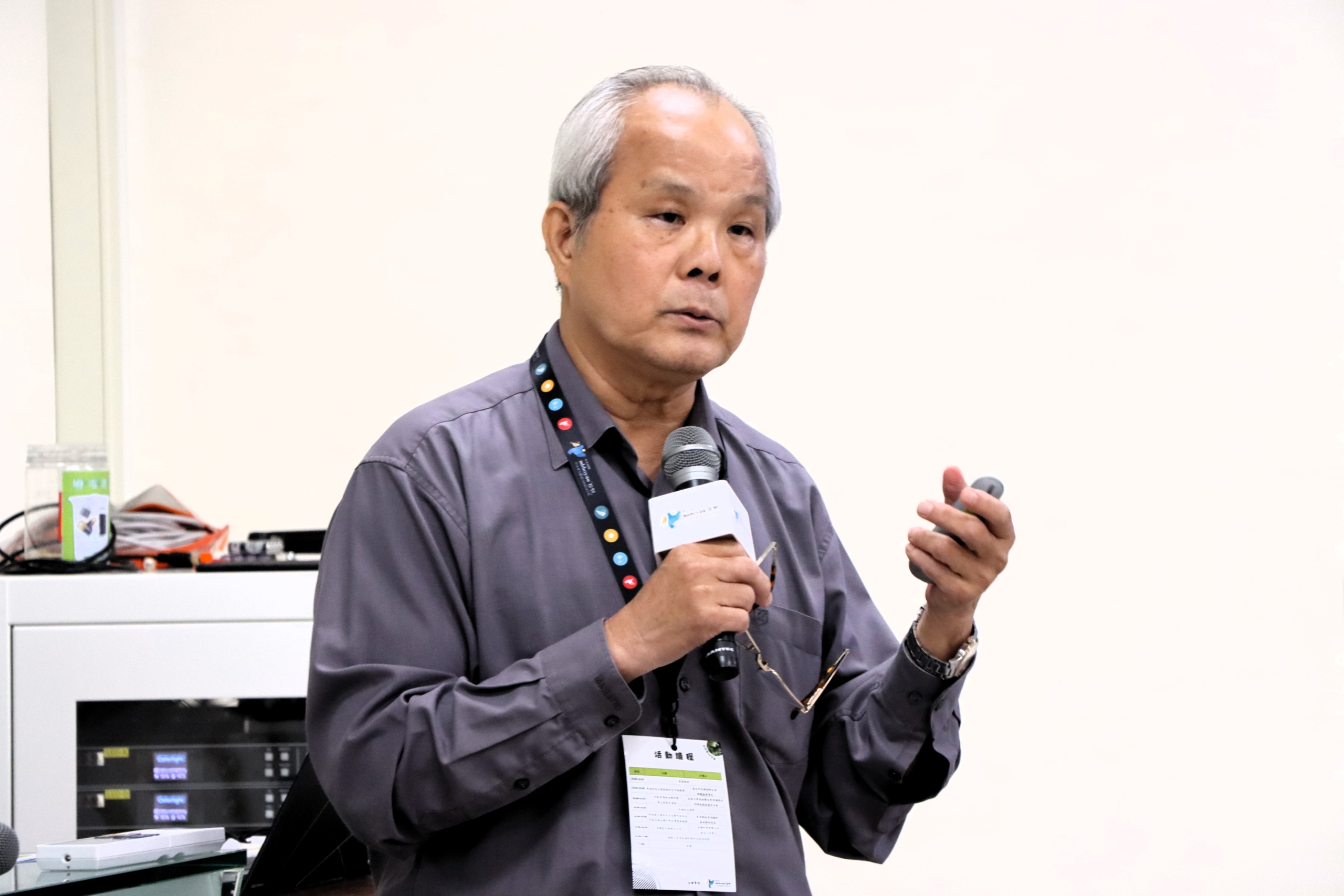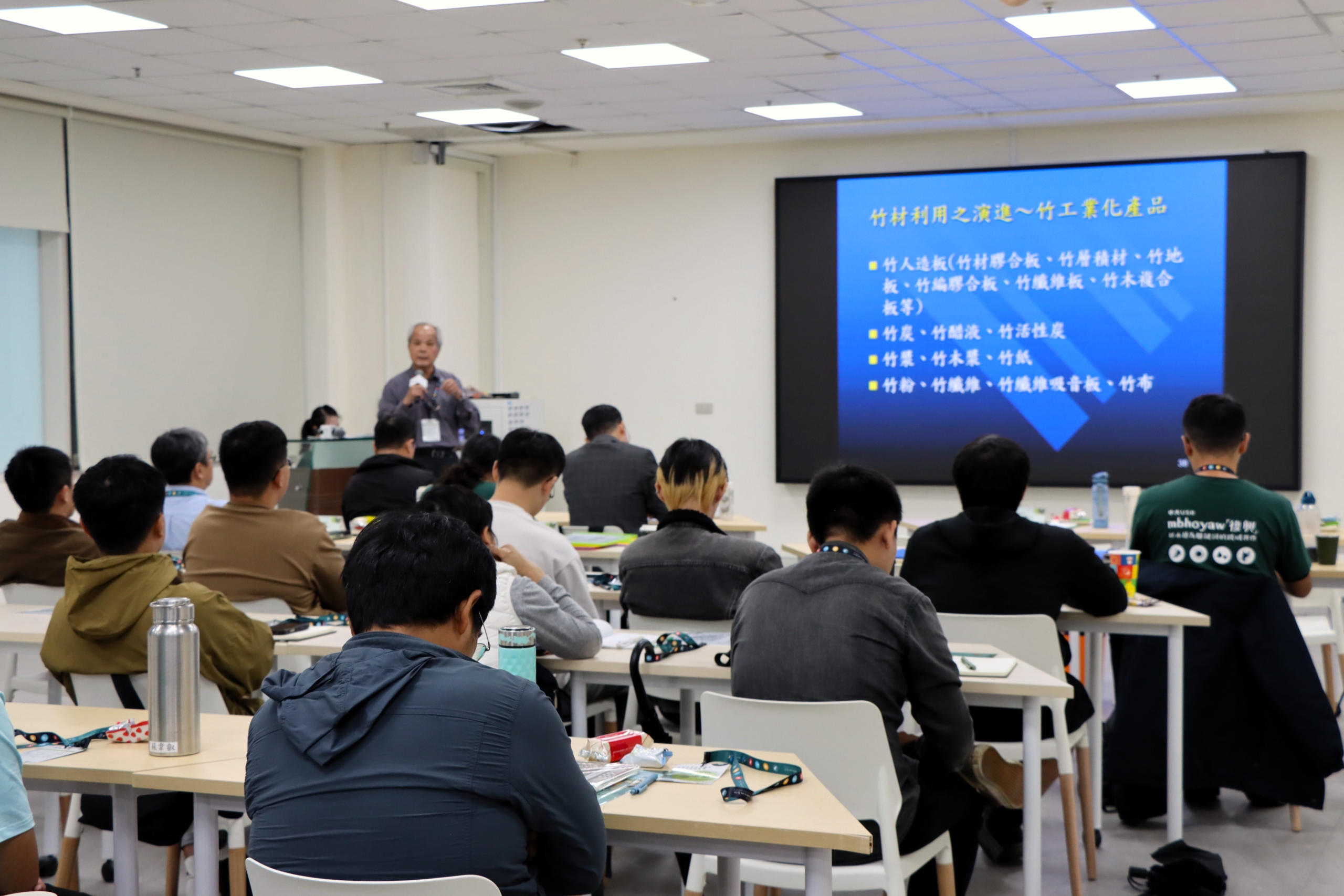Overview of Bamboo Resource Utilization
During the Japanese colonial period, bamboo resources in Taiwan were surveyed by private enterprises, revealing that Taiwan had over 40,000 hectares of bamboo forests. Researcher Chen Tsai-Huei noted that prior to Japanese rule, early settlers gradually developed the island from south to north, planting bamboo wherever they settled. Bamboo served as a vital resource for firewood and building temporary shelters. In northern Taiwan, bamboo forests were primarily cultivated post-war, making their history relatively short. However, their area continues to expand, growing by approximately 100 hectares annually.
Bamboo has the unique characteristic of thriving when harvested, known as “cut and grow.” However, without proper maintenance, its growth can be adversely affected. Chen pointed out that while high mountain areas were actively developed for vegetable farming in the post-war years, many of these regions now face the problem of “over-abandonment.” For example, invasive climbing plants such as bitter vine (Mikania micrantha) often entwine trees and bamboo, disrupting ecological balance. This issue reflects the widespread lack of labor in rural and mountainous areas to manage the vines around bamboo forests. To maximize bamboo’s carbon reduction potential, forests must be regularly maintained by removing older bamboo. Chen stressed the importance of striking a balance between proper management and avoiding excessive harvesting.
Lessons from the East Asian Bamboo Industry: Challenges Facing Taiwan
Bamboo is popularly known as the “treasure of the poor,” with every part of the plant being fully utilizable. In earlier times, bamboo was transported primarily via rafts, later transitioning to rail transport and eventually to trucks. Around 20 years ago, the bamboo industry began to pivot towards cultural and creative industries as well as tourism. This period also saw a significant trend of Taiwanese manufacturers establishing factories in China.
Processing bamboo is relatively simple, with traditional craftsmen requiring little more than a machete to craft products. However, bamboo applications face several challenges, including structural inconsistency, high transportation costs, and incompatibility with conventional woodworking machinery. In the past, each part of the bamboo plant had specialized processing facilities, but as the industry has contracted, comprehensive utilization of bamboo has become increasingly difficult. Despite Taiwan’s advanced craftsmanship, unstable raw material supply remains a major concern.
Chen recommended that the bamboo industry should strengthen specialization, separating raw materials, semi-finished products, and finished goods, rather than having artisans manage the entire end-to-end process. He further suggested that the industry should move toward industrialization to enhance production efficiency, particularly by focusing on applications like bamboo-based engineered wood and laminated materials. Currently, bamboo resource utilization techniques have been widely adopted in the energy and construction materials sectors.
Furthermore, the European market shows a strong demand for bamboo, particularly driven by brands like IKEA, which heavily utilize bamboo in furniture production, highlighting the market’s vast potential. Chen noted that under China’s “Southern Bamboo, Northern Expansion” policy, its bamboo forest area has increased from 3–4 million hectares to 6.5 million hectares. Drawing from Taiwan’s experiences, China has developed its own bamboo processing machinery. Ironically, Taiwan now imports bamboo processing equipment from China. Moreover, China has made significant progress in the cultivation and processing technologies for moso bamboo, securing its place as a global leader in bamboo innovation. Chen proposed that Taiwan should capitalize on makino bamboo as a standout feature of its bamboo industry. Known for its hardness and durability, Taiwanese makino bamboo is ideal for specialized products such as bamboo swords, offering a clear advantage in market differentiation.
Across East Asia, bamboo has a wide range of applications: Japan uses bamboo for paper production, while Korea employs it in products such as bamboo leaf wine and bamboo salt seaweed. Returning to Taiwan, Chen emphasized that while Taiwan’s bamboo industry is highly diverse, it still faces numerous challenges that must be addressed to unlock its full potential.
Speaker Chen, Tsai-Huei (Researcher, Taiwan Forestry Research Institute)
Text by Deng, Jia-Yang
Editor by Li, Ruo-Jia
Photos by Li, Ruo-Jia




